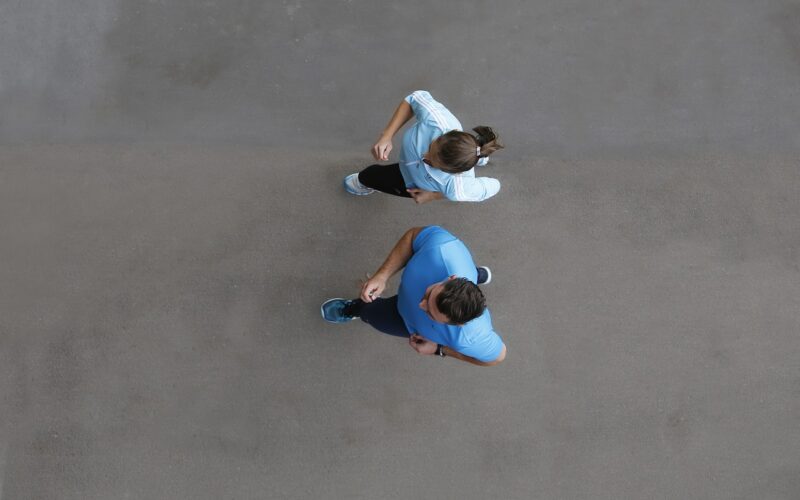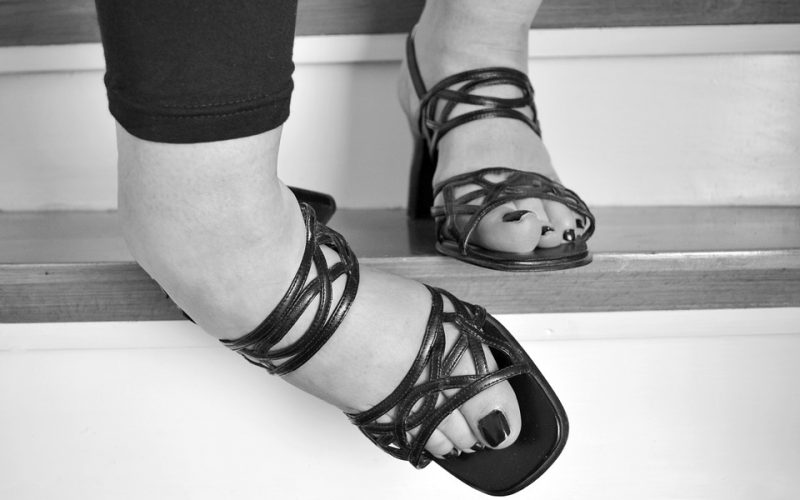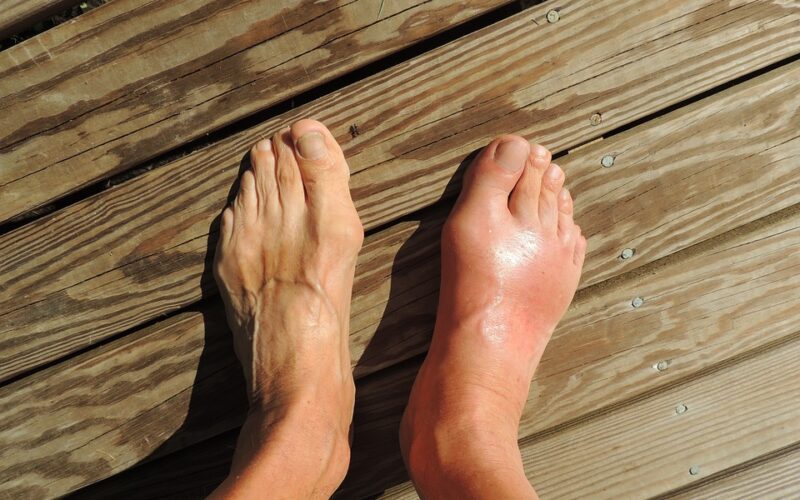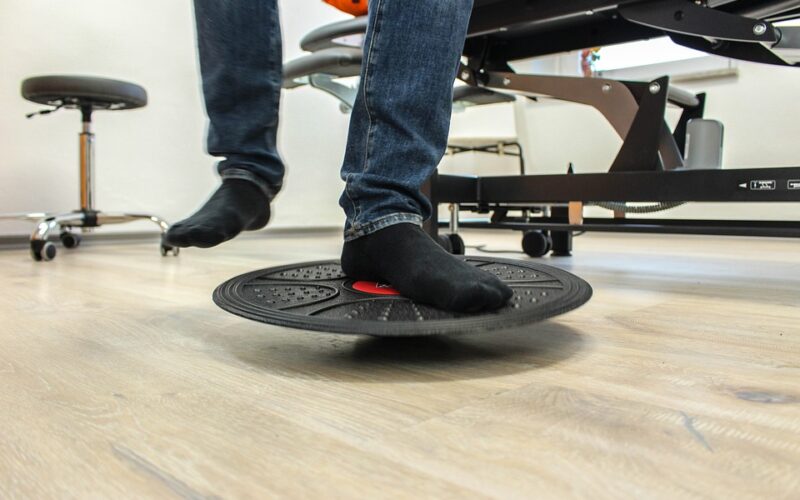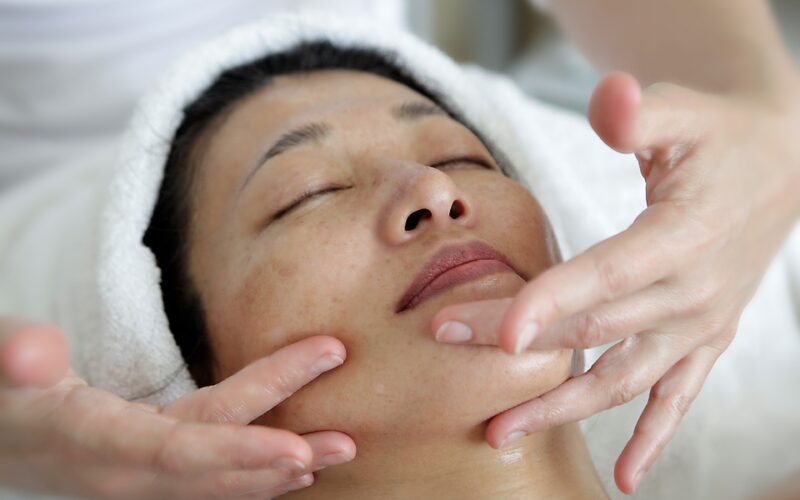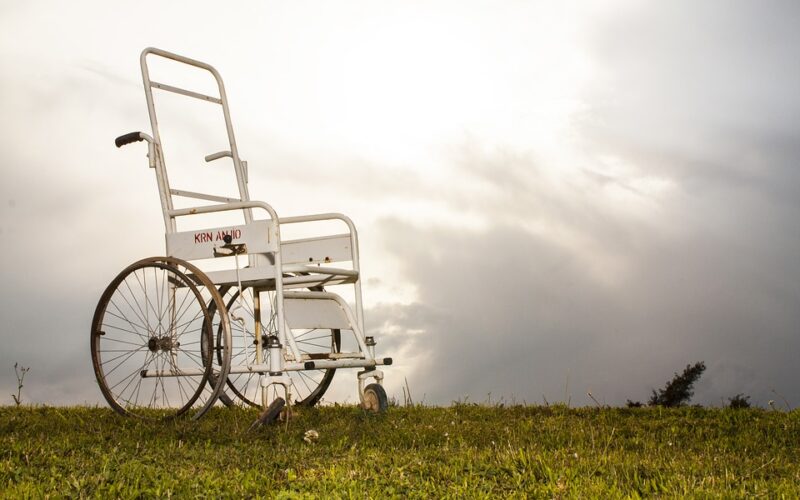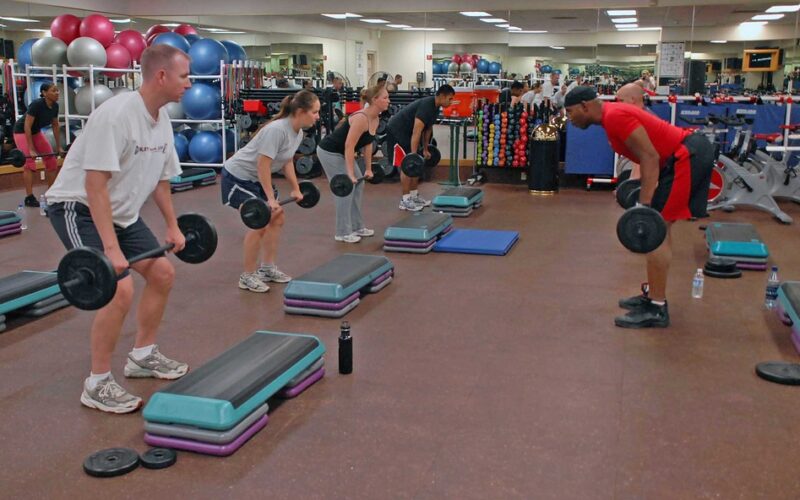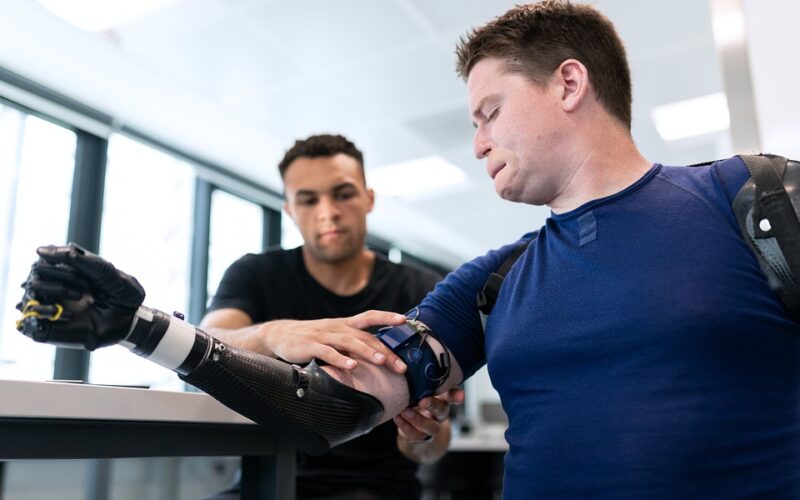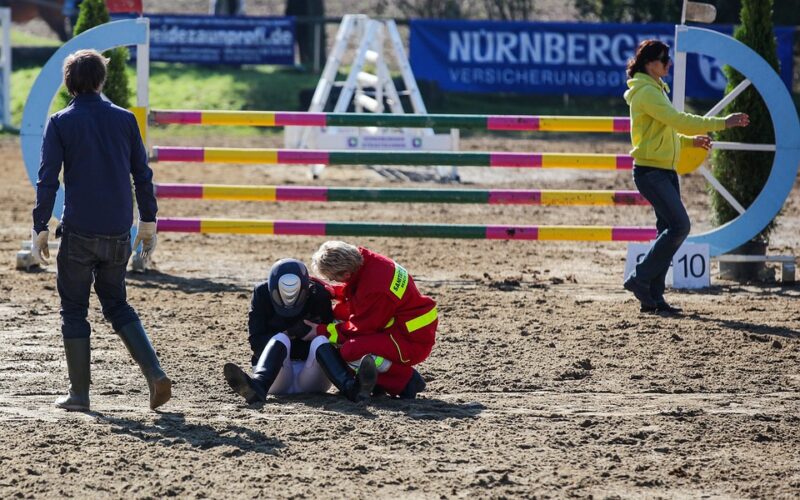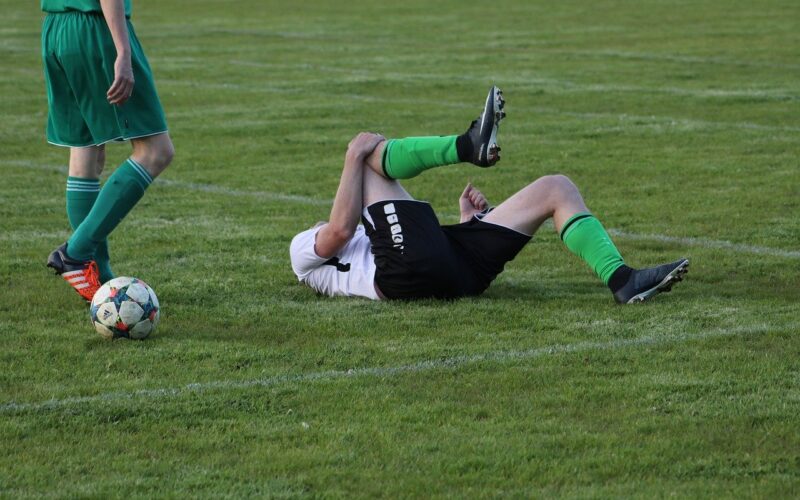Therapies To Aid Recovery
Recovering from an injury can be a long and arduous process. It's not just the initial pain that has to be managed, but also the ongoing rehabilitation necessary to restore strength, flexibility, and function. Various therapies have proven effective in aiding recovery, each tailored to fit the specific needs of patients depending on their unique injury and personal health goals.
Understanding the recovery process
Recovery is a journey that encompasses more than just the healing of an injury. It involves regaining the physical capabilities lost due to the injury and preventing further complications. Initially, the body's natural inflammatory response to injury needs to be managed—this is where rest and certain therapies can help to mitigate pain and swelling. From here, the focus shifts to restoring movement, strength, and flexibility, all while ensuring that healing is proceeding optimally.
The foundation of injury recovery
Physical therapy is one of the most critical components in the recovery process. A physical therapist will assess the extent of the injury and create a customised plan that promotes healing and functional recovery. Through a combination of exercises, modalities like ultrasound or electrical stimulation, and hands-on techniques, patients can improve mobility and restore function, while also benefiting from pain relief.
Occupational therapy
Occupational therapy is particularly beneficial for patients looking to return to their regular daily activities after an injury. Occupational therapists work with patients to develop skills that will help them carry out tasks at home, work, or school. They also recommend assistive devices or modifications to the home or workplace to ensure a successful adaptation.
Chiropractic care for alignment and relief
Chiropractic care often complements other forms of therapy, especially for injuries related to the musculoskeletal system. Chiropractors use spinal adjustments and manipulations to align the body properly, which can facilitate better nervous system function and promote healing. Patients may experience immediate relief from pain and improvement in their range of motion after a chiropractic session.
Massage therapy for muscle healing
Massage therapy is known for its ability to relax the muscles, improve circulation, and lower stress levels—all of which can positively affect recovery. Therapeutic massage can prevent muscle stiffness associated with immobility, encourage blood flow to bring nutrients to the injured area, and expedite the removal of waste products that can slow down the healing process.
Hydrotherapy for gentle rehabilitation
Water can be a powerful medium for rehabilitation, and that's where hydrotherapy comes in. The buoyancy of water reduces the weight borne by injured limbs, thereby allowing gentle exercise that might otherwise be too painful or difficult on land. Hydrotherapy can improve flexibility, strength, and stamina, all while being gentle on the body.
The role of alternative therapies
Beyond conventional recovery methods, some patients find relief and progress through alternative therapies such as acupuncture, yoga, or Pilates. These therapies might offer pain relief, improve mental well-being, and aid in the overall recovery process. However, it's important for patients to discuss such therapies with their healthcare providers to ensure they are suitable choices in conjunction with other treatments.
A multifaceted approach to recovery, encompassing various therapeutic strategies, offers the best chance for a successful return to pre-injury levels of activity. It is important for patients to work closely with their health care professionals to determine the therapies that will be most effective for their specific injuries and recovery goals.
